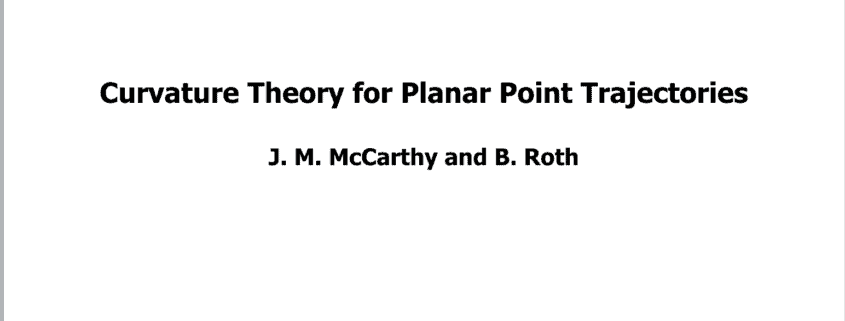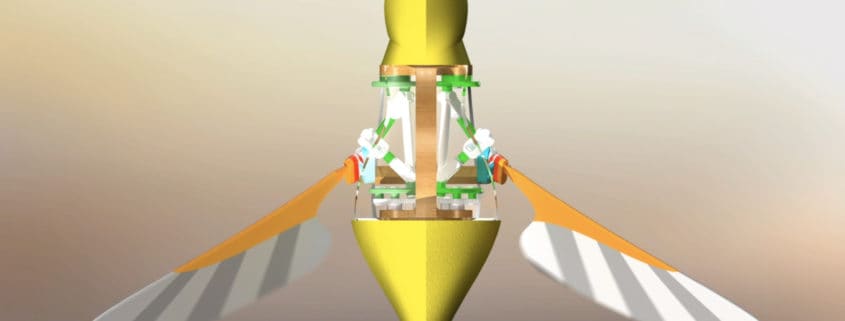Rectilinear Six-Bar (Candy Coating Linkage)
Jeff Glabe designed this six-bar linkage to move through six task positions while maintaining a parallel orientation. This required the calculation of 55,000 linkages to find 26 that work. This one has the additional feature that it is operated by a rotating crank (the red link). The video is a collaboration of Jeff Glabe and Benjamin Liu.









 MDA
MDA